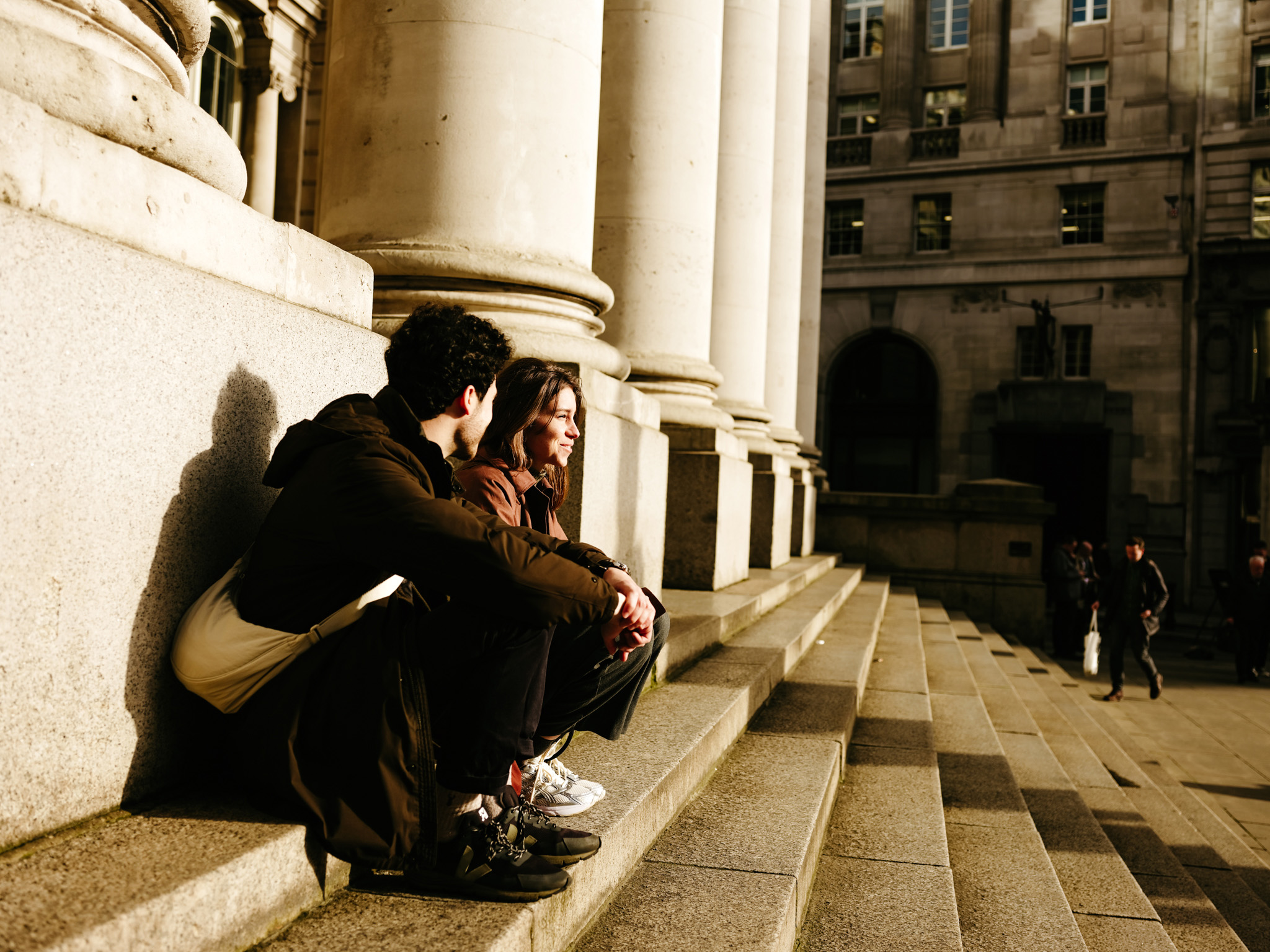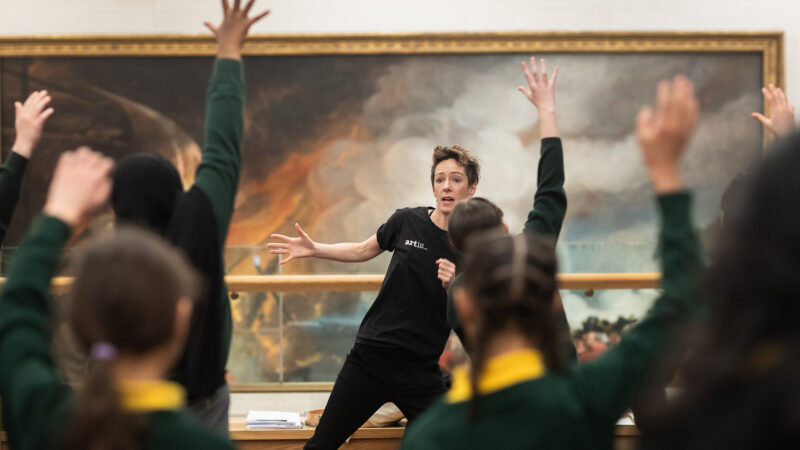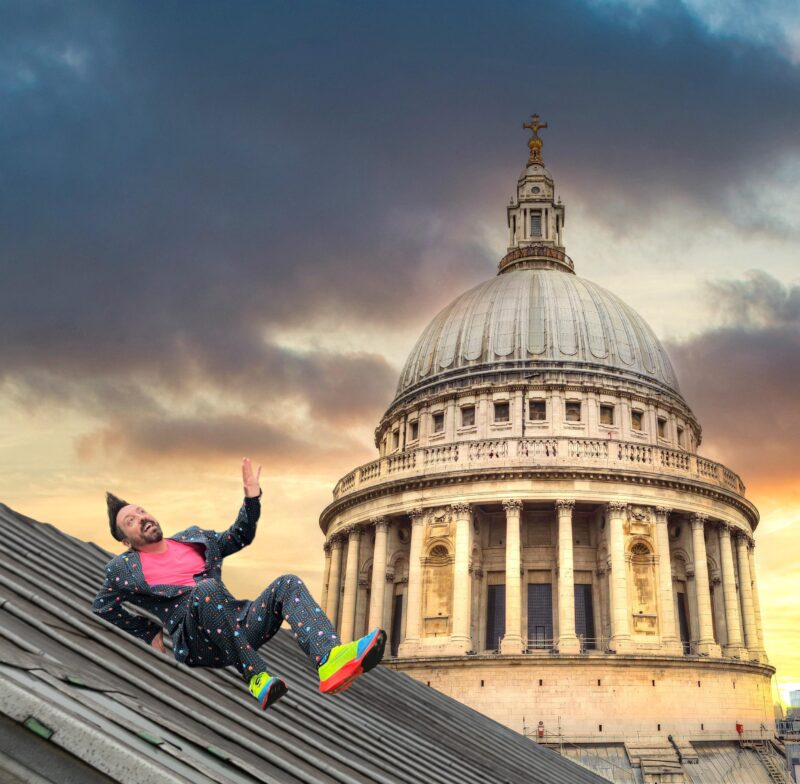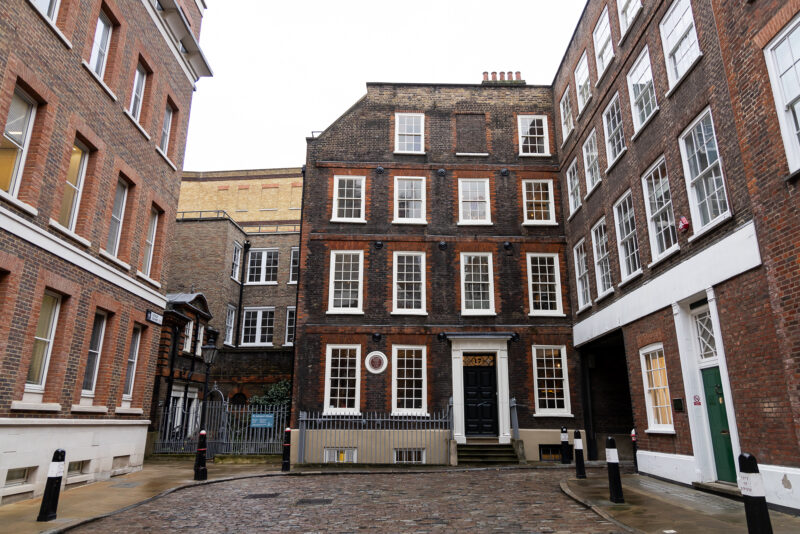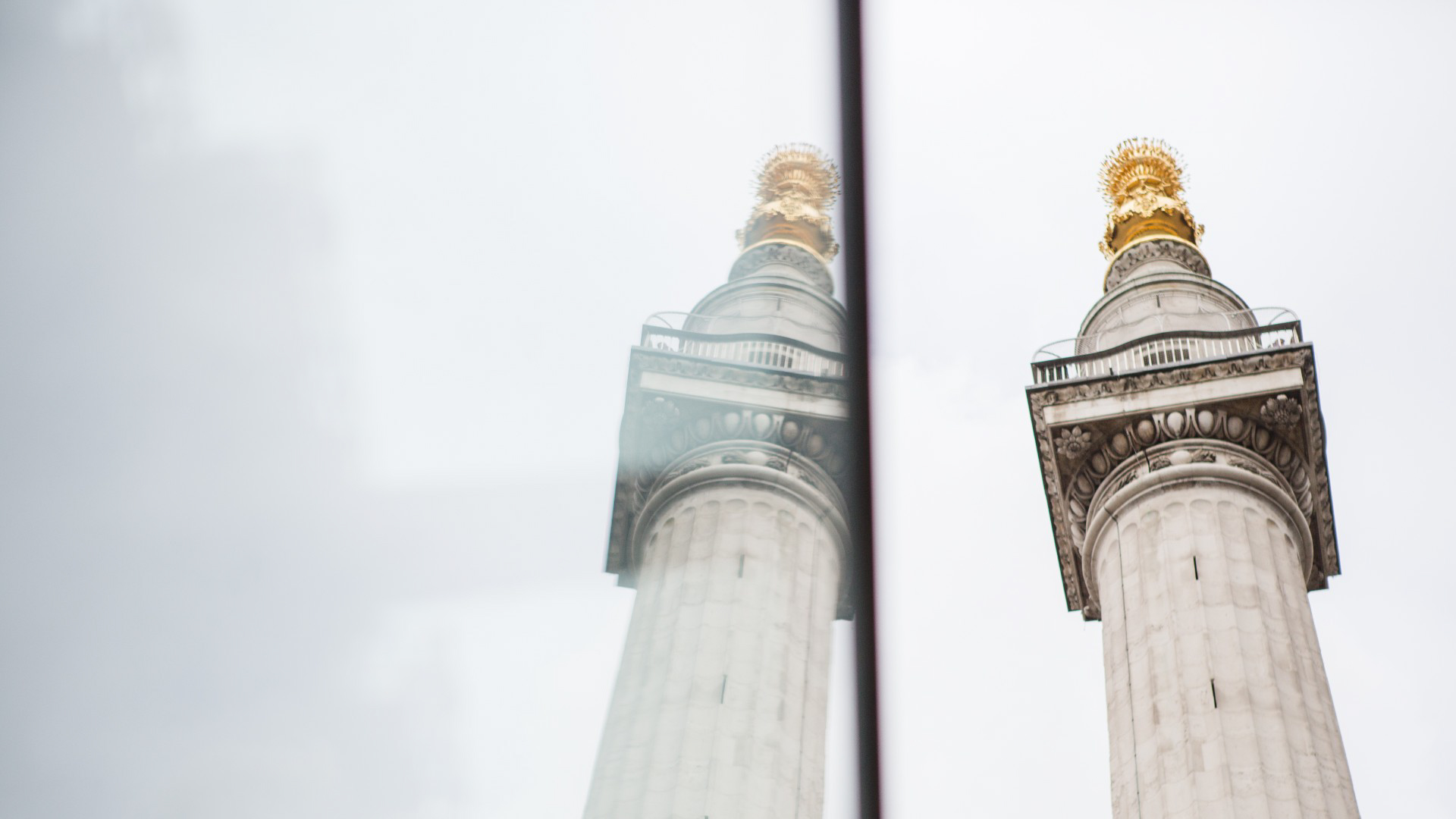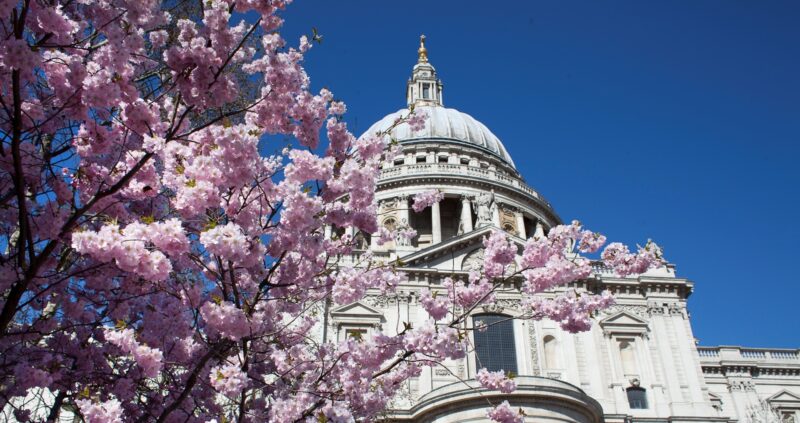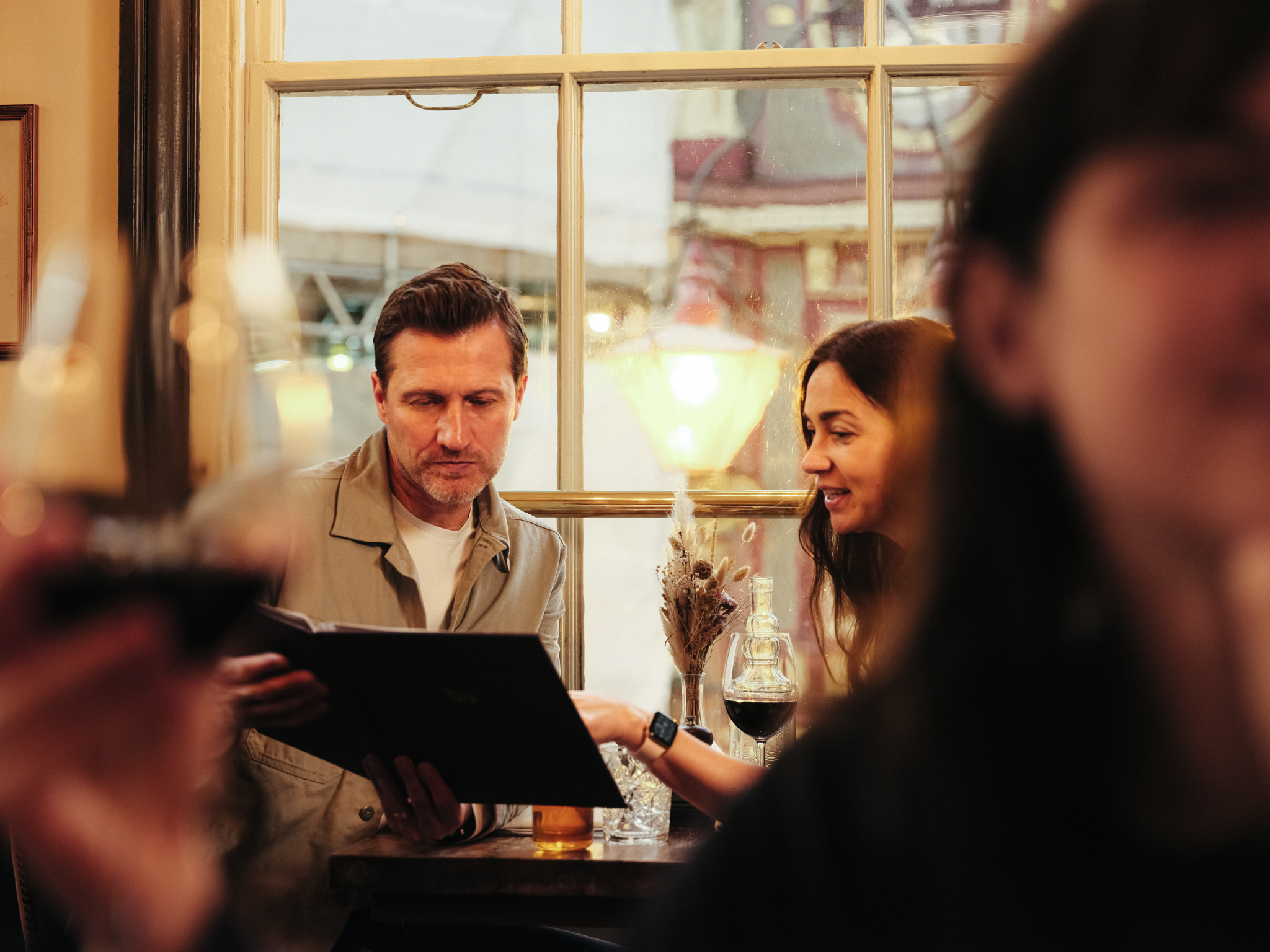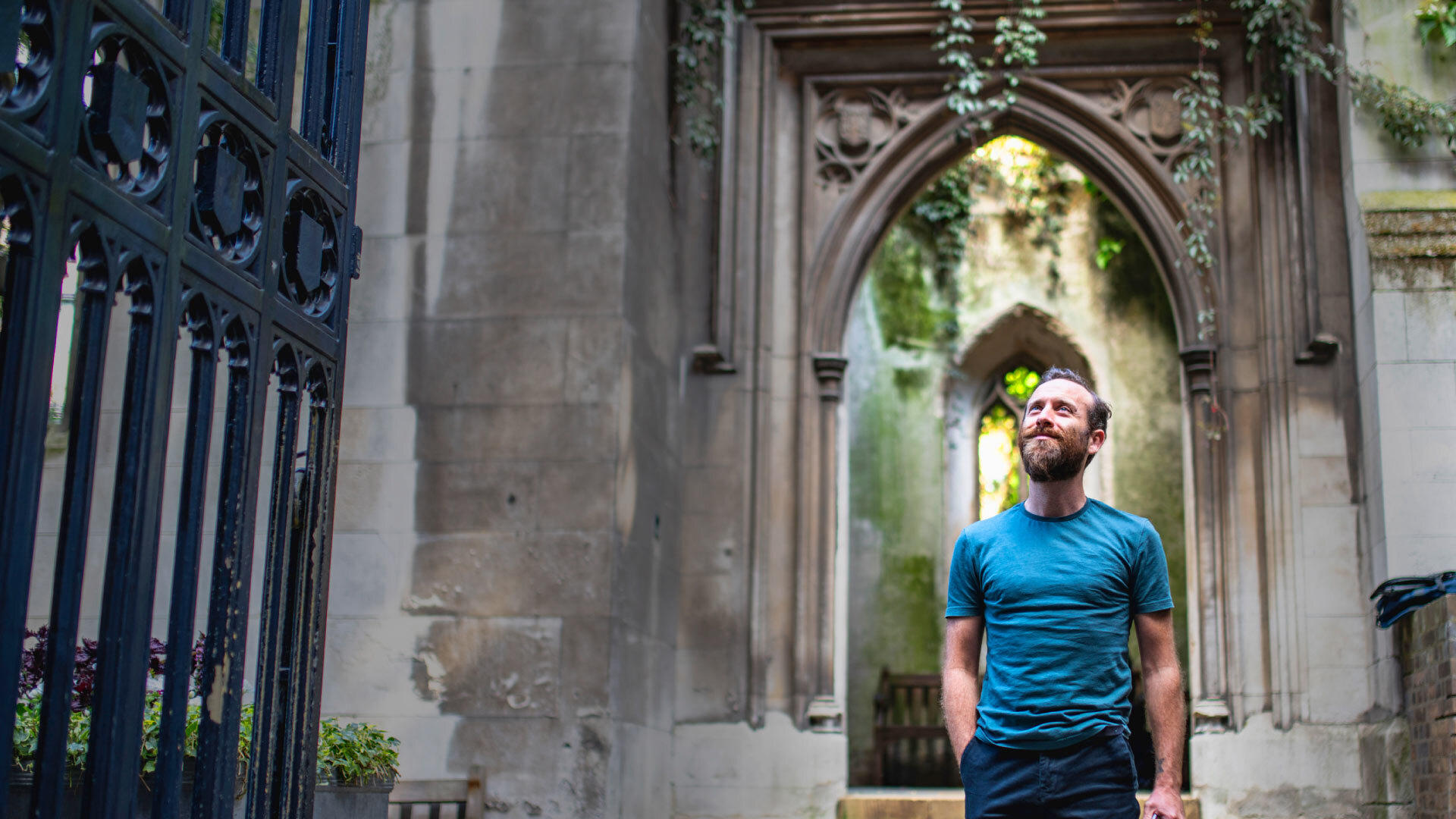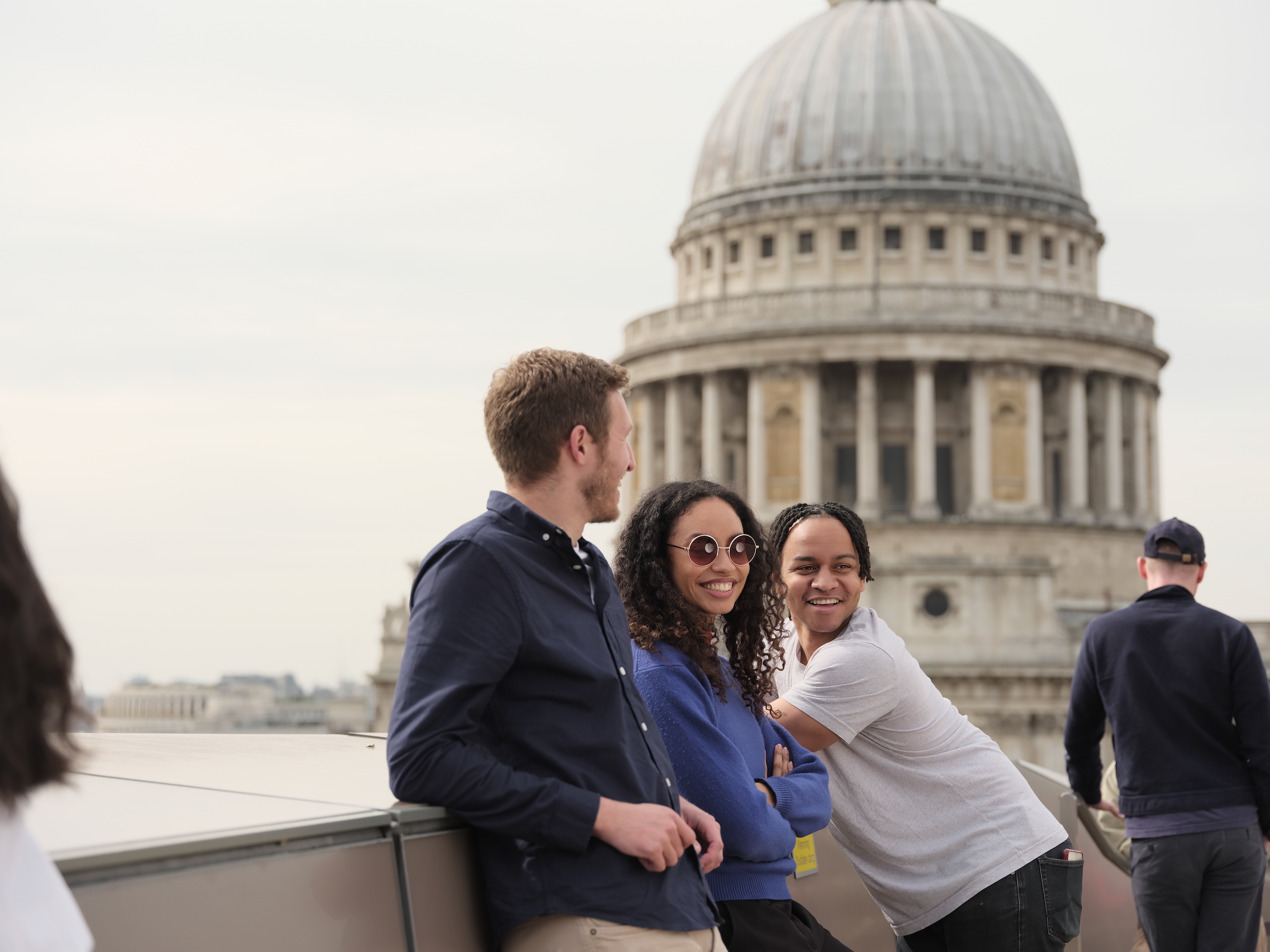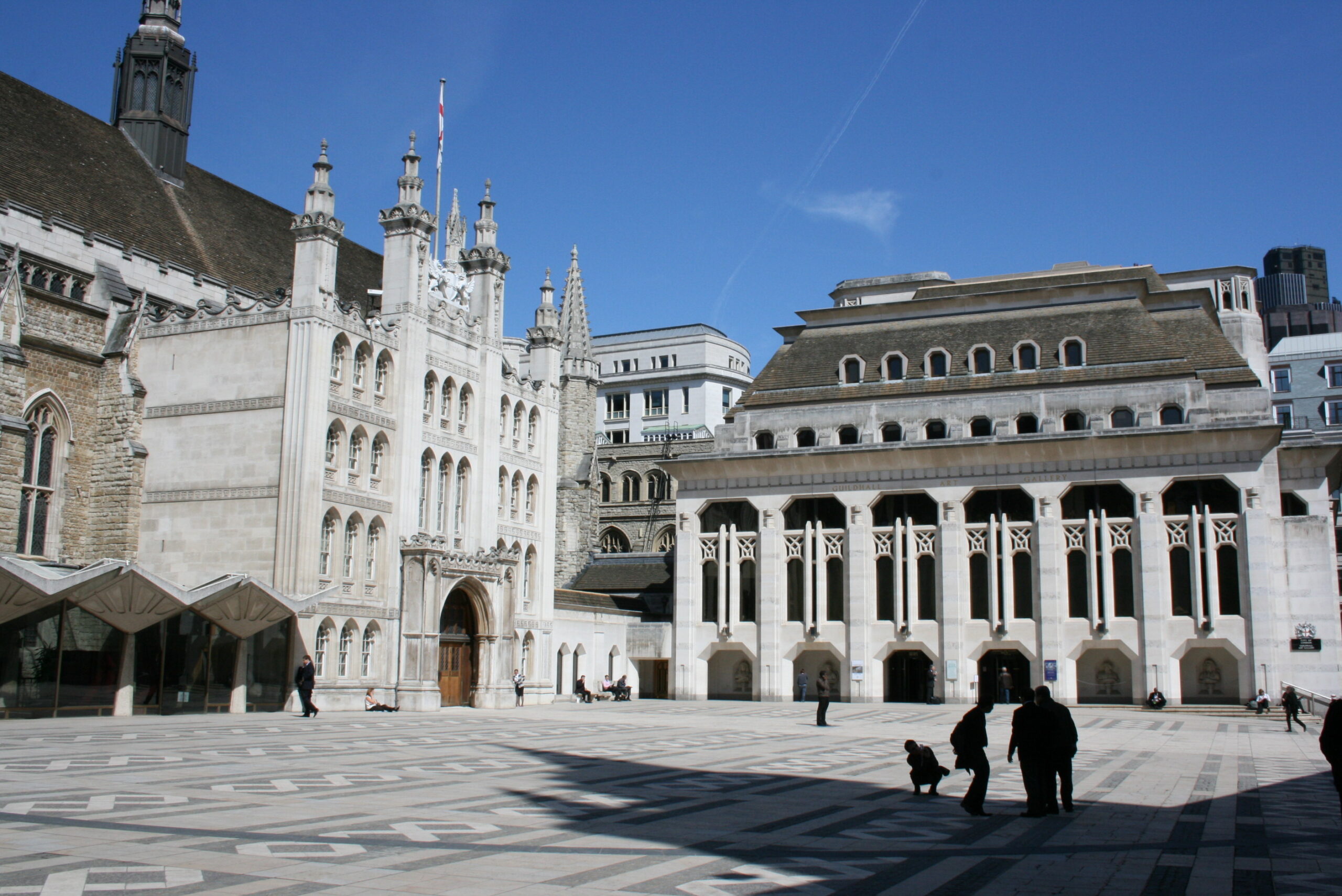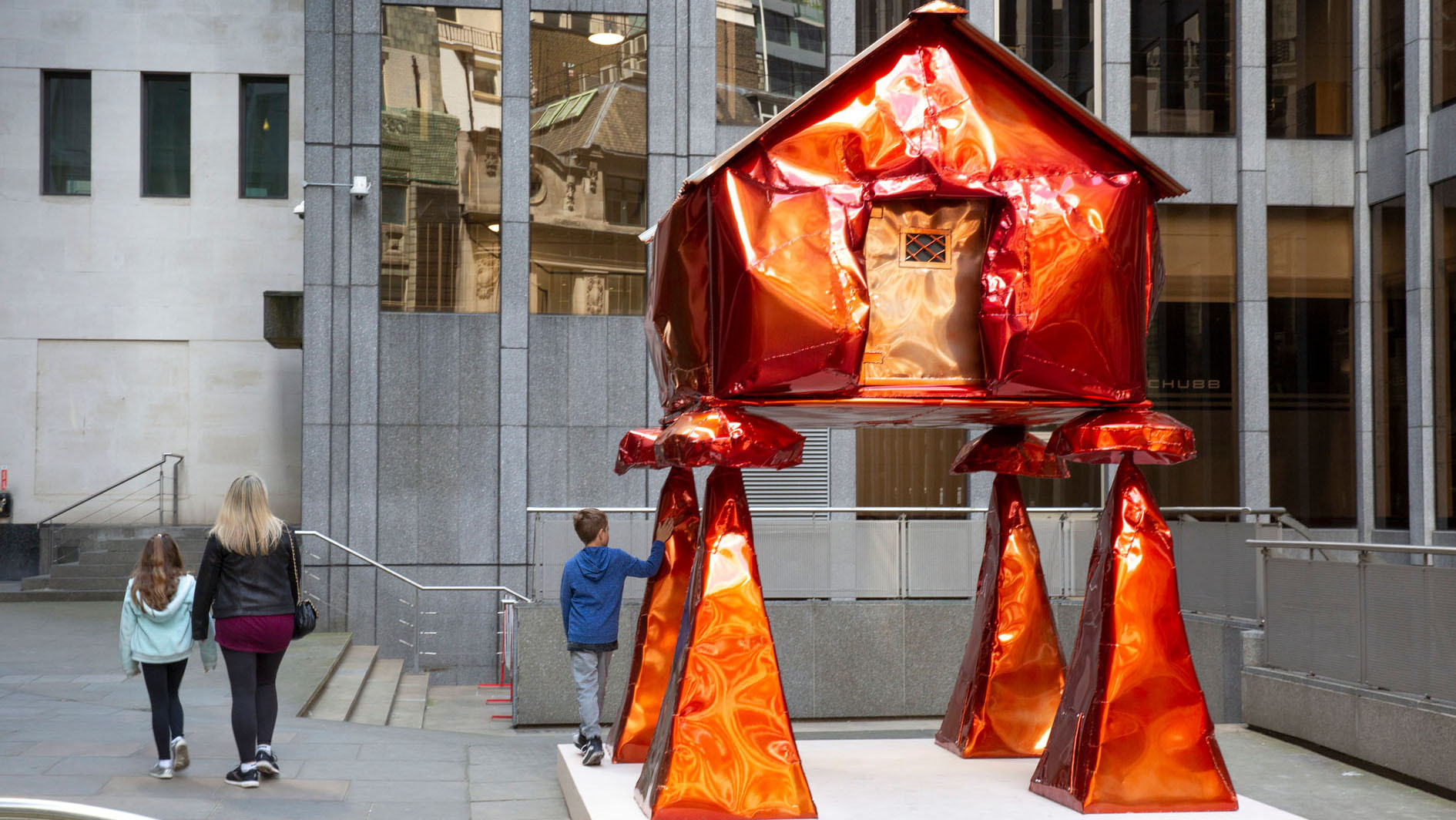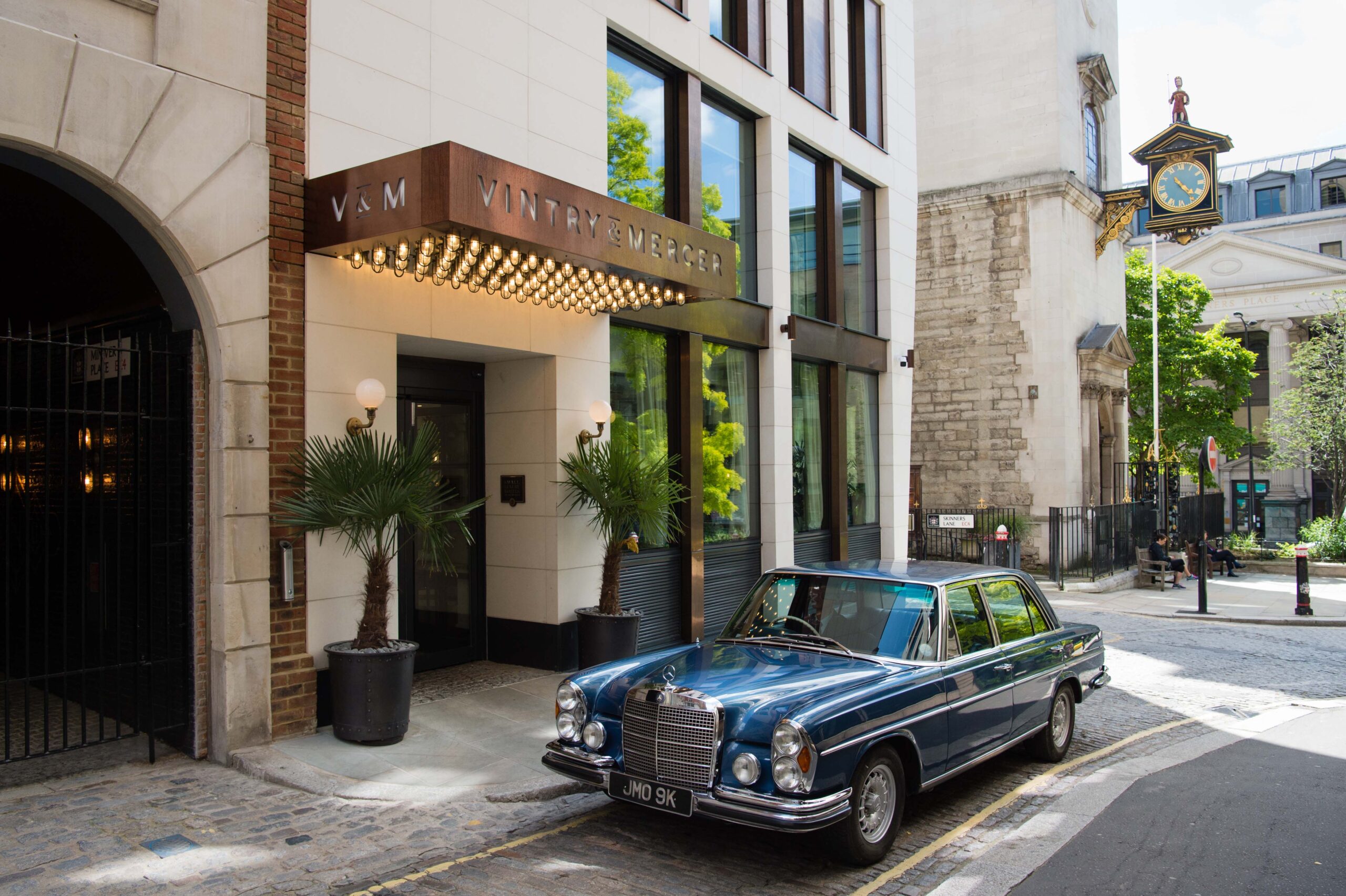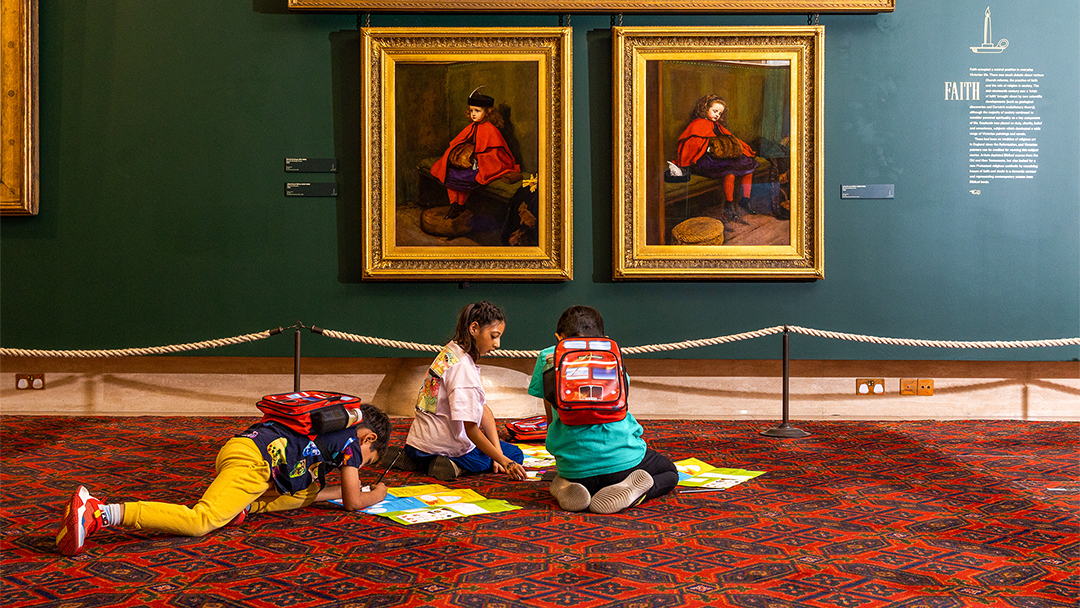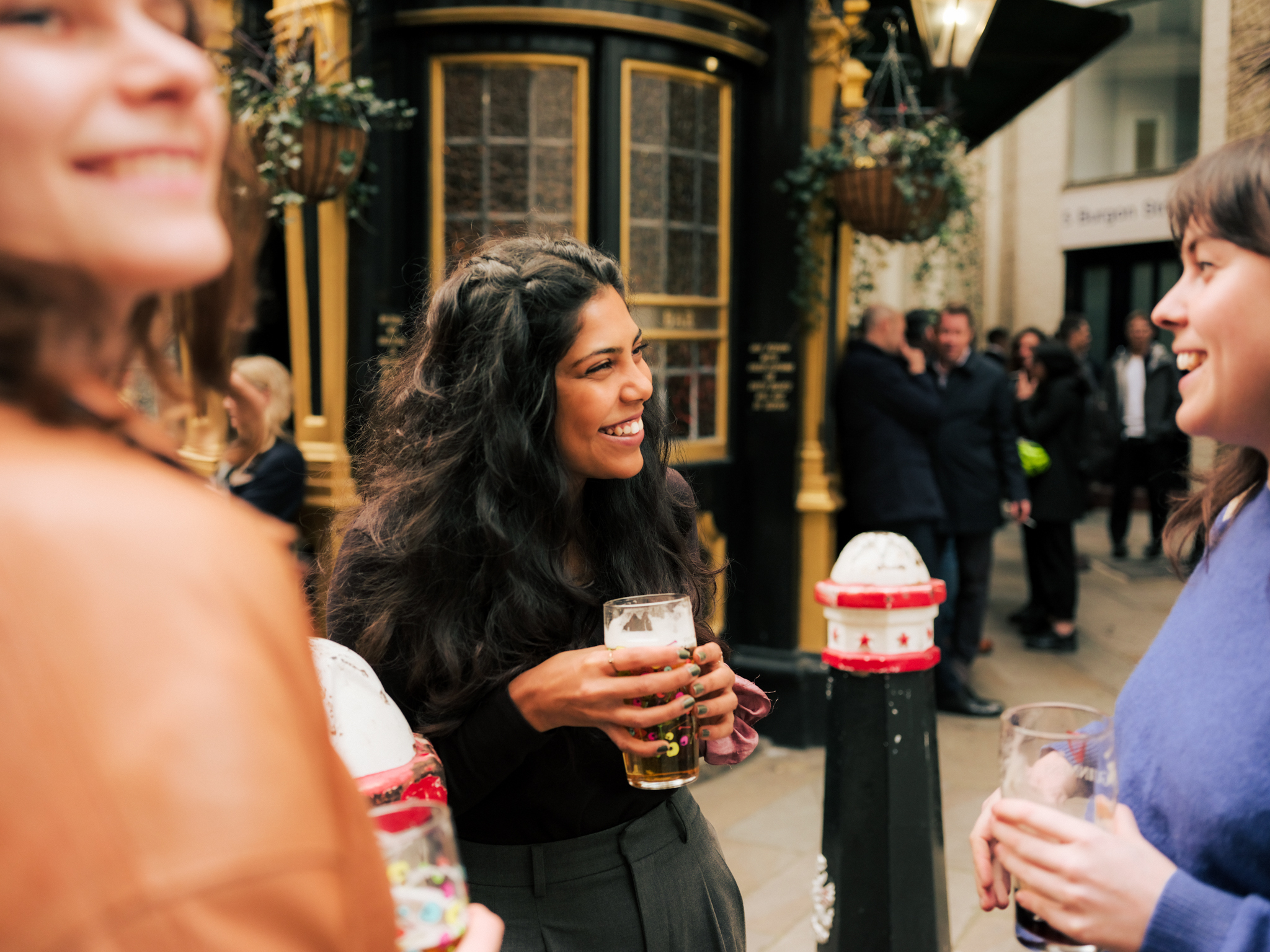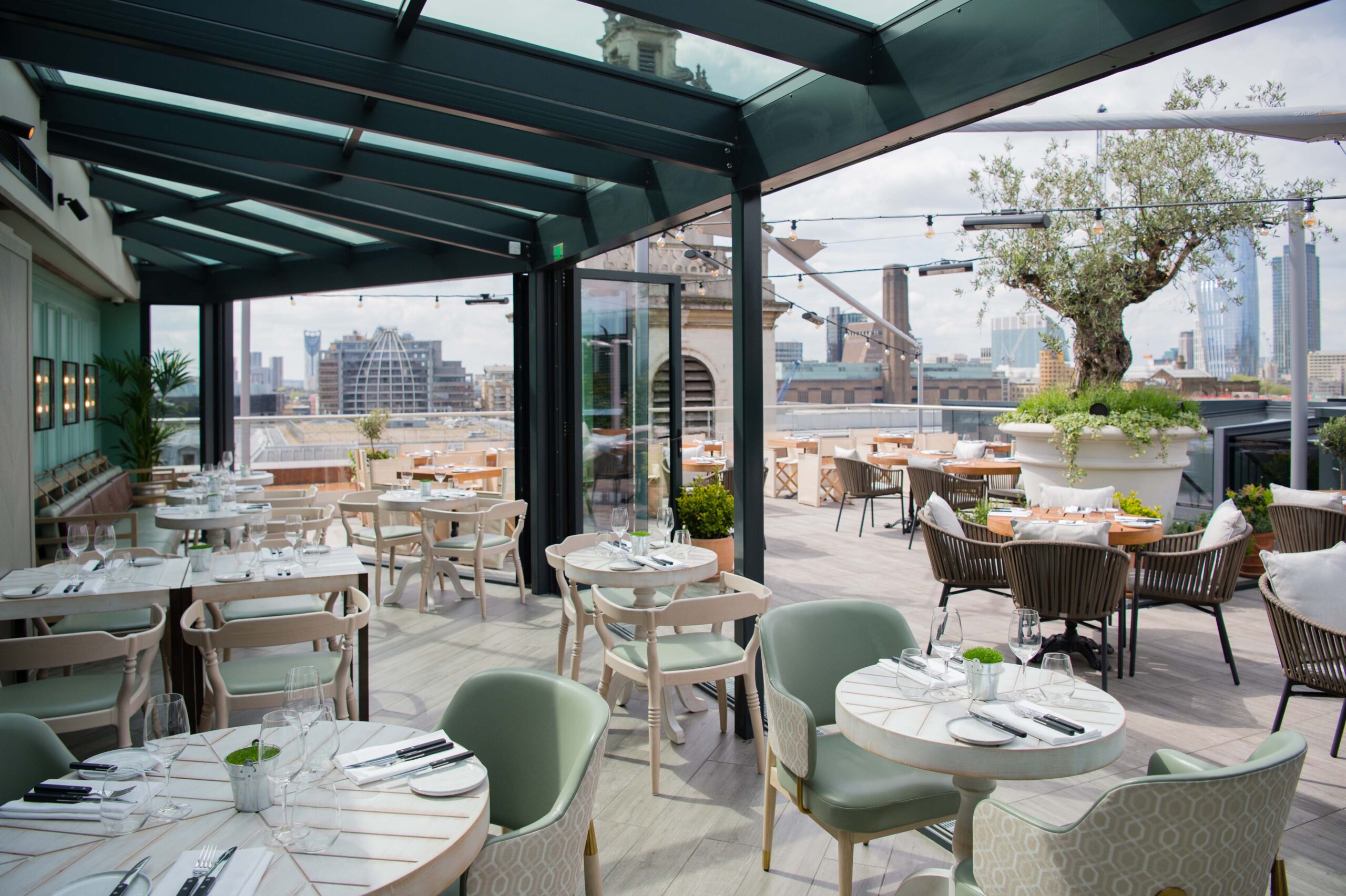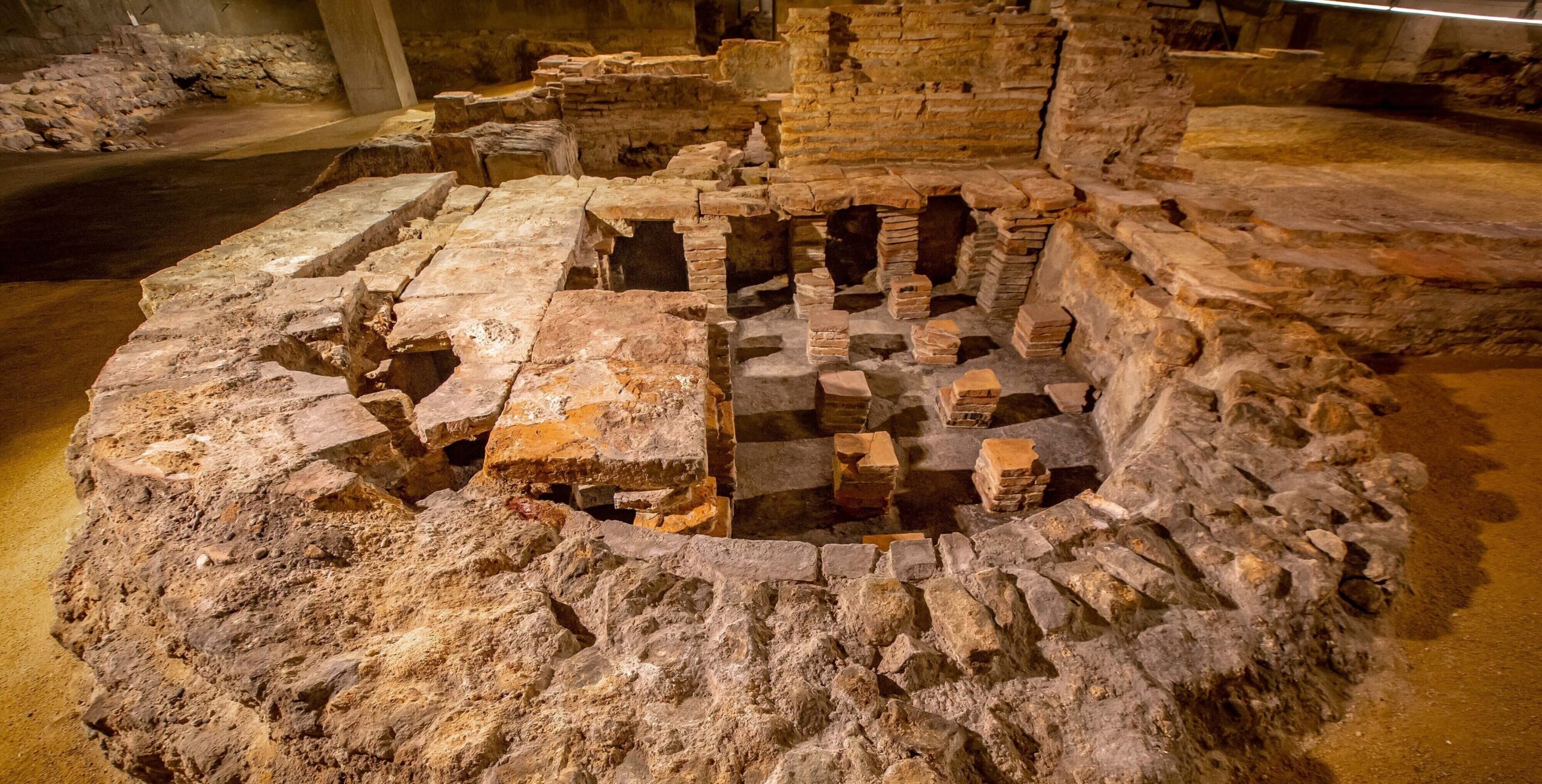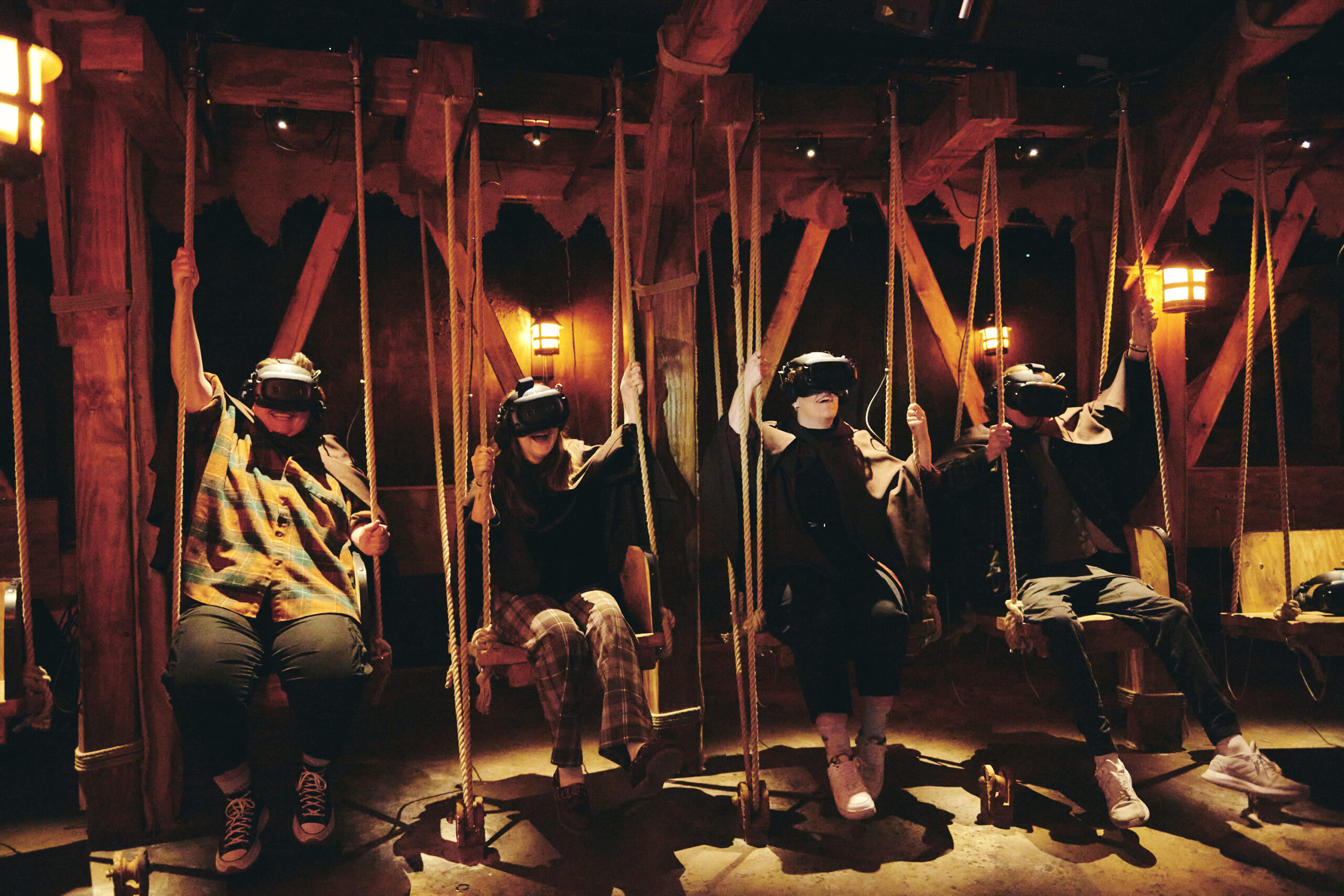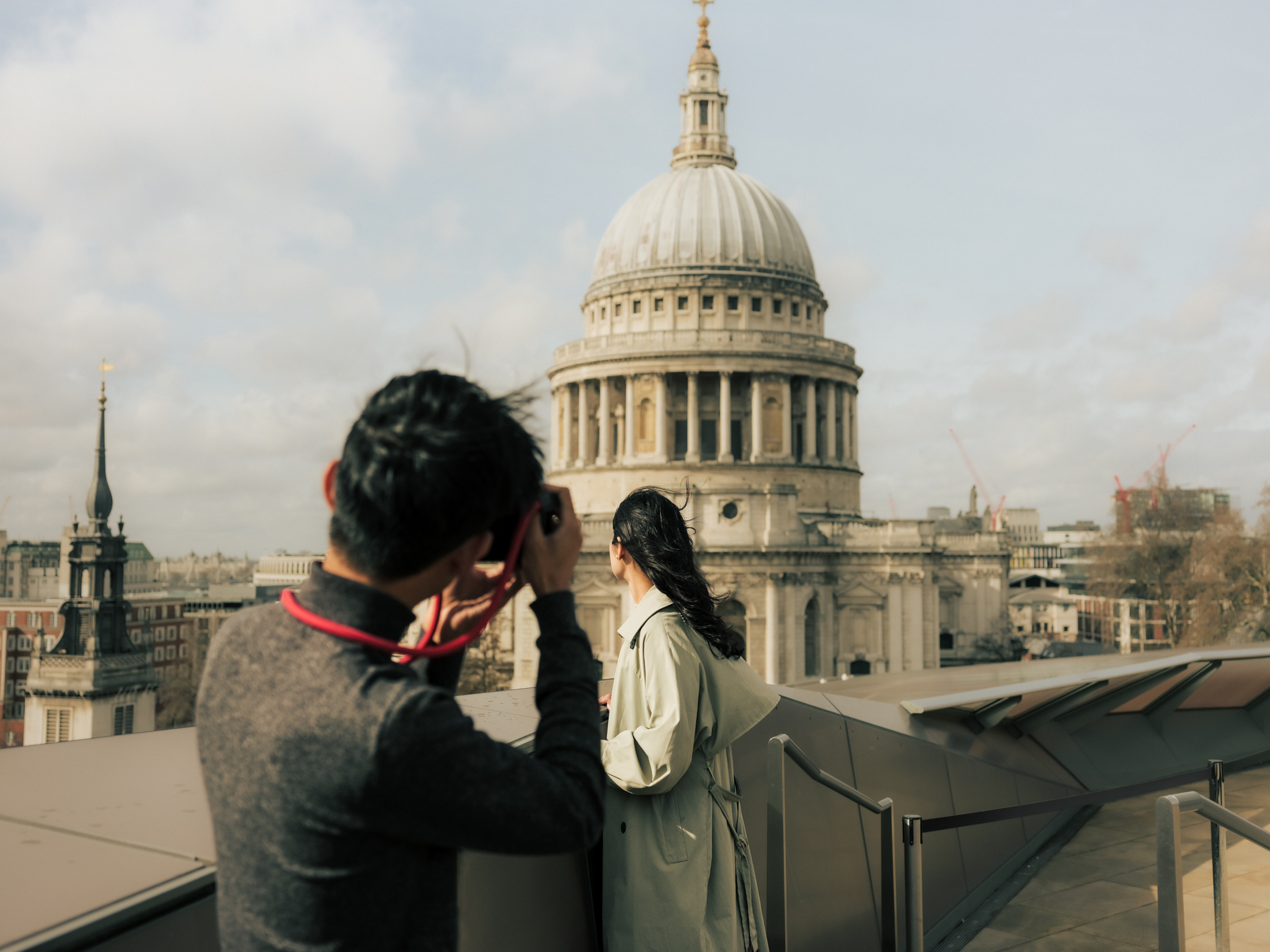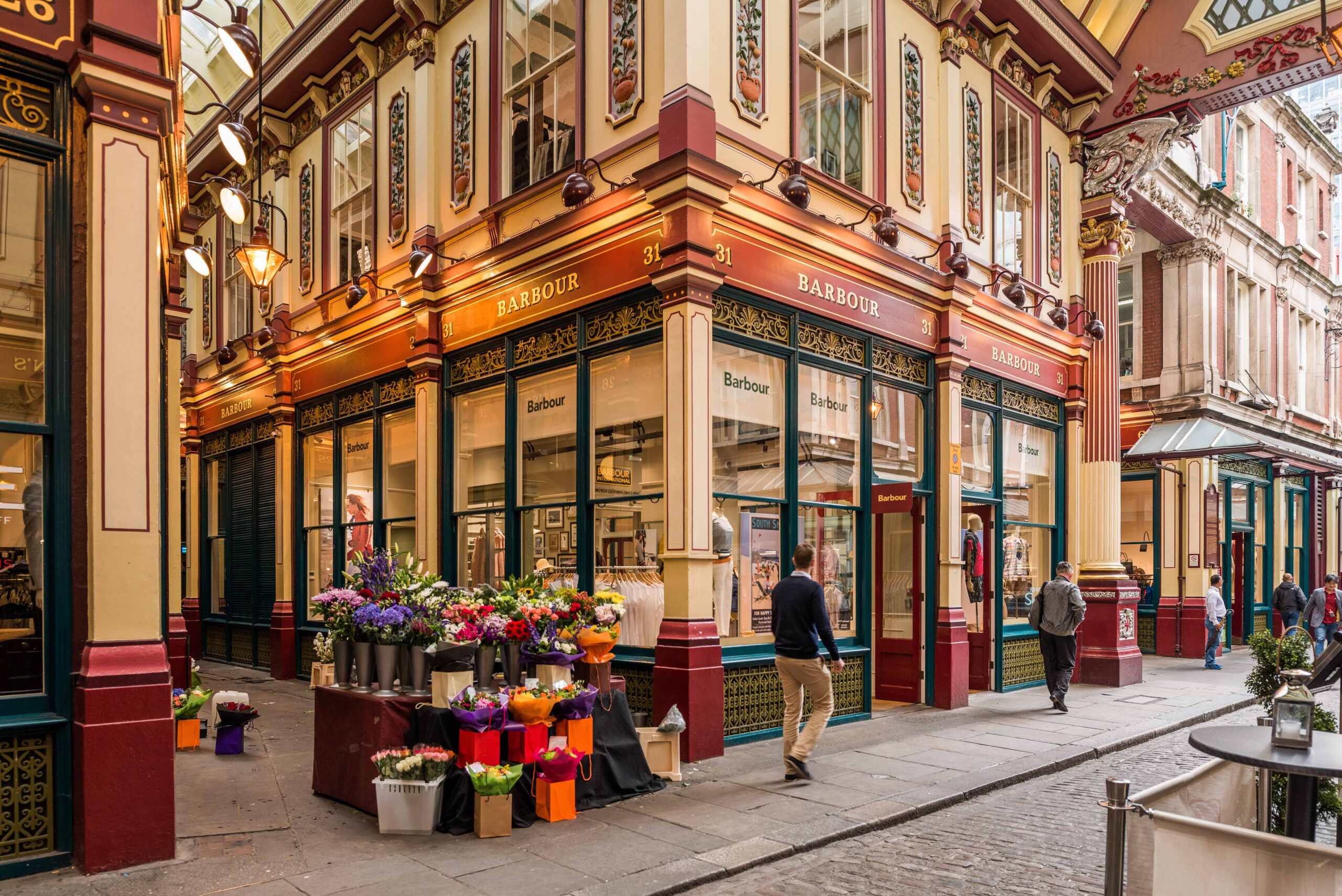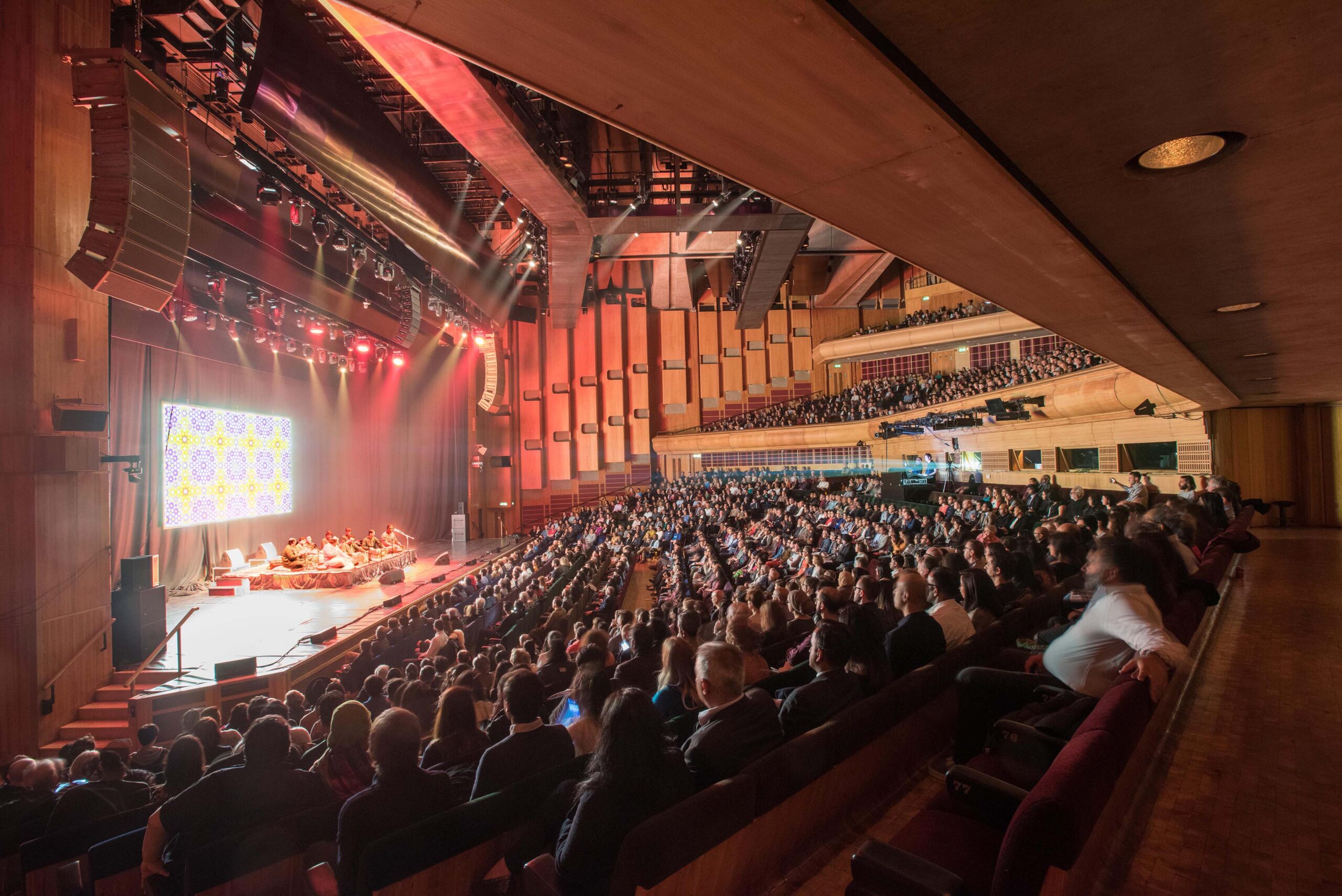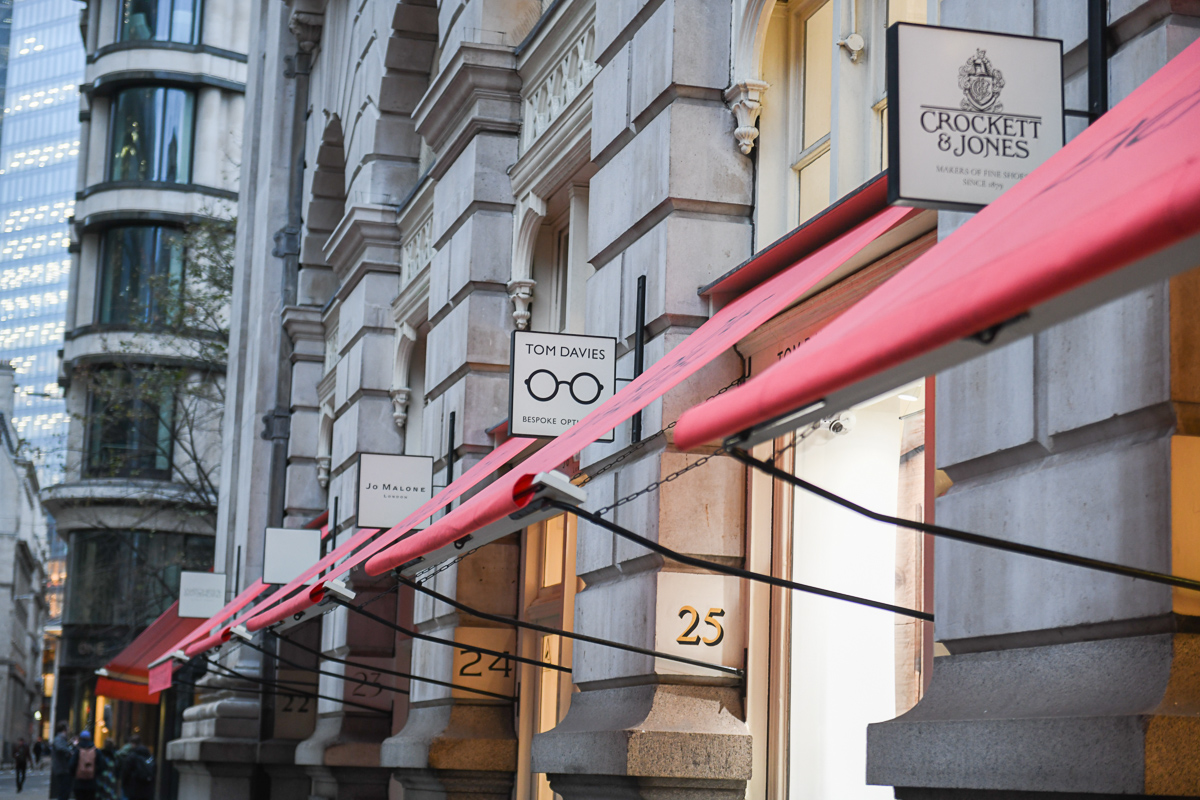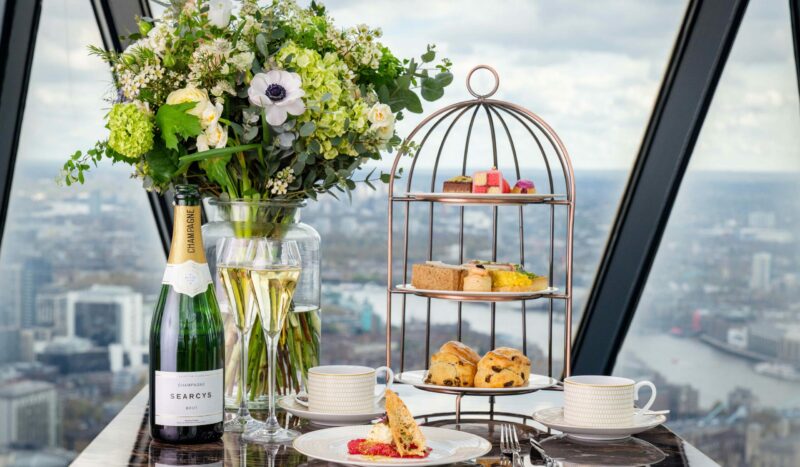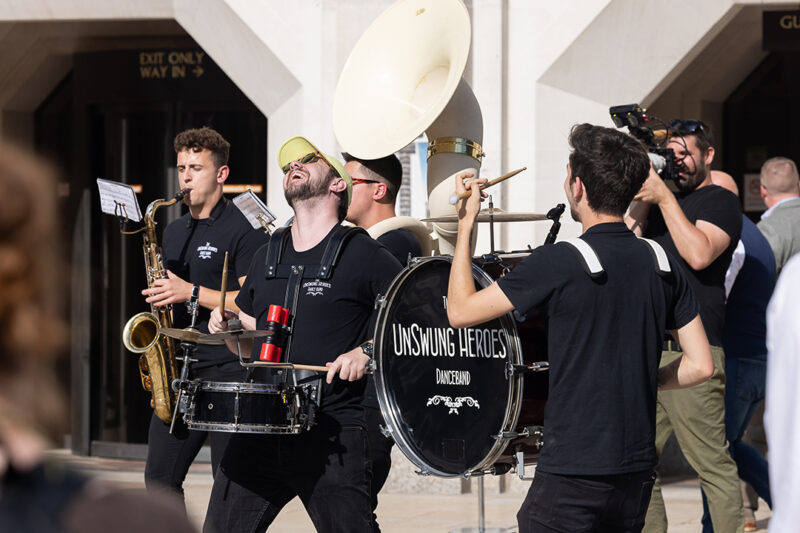
A city isn’t defined by location alone, a city is defined by its people. Some of the most notable names in history have shaped the City of London – remarkable people whose influence has stretched worldwide. Boudicca, warrior queen of the Iceni tribe, may have razed the City (then Londinium) to the ground (perhaps given this, her statue is down the river in Westminster), but many notable figures thrived in this area and called it home.
You can get to know the City’s famous historical residents on a stroll through the streets – look for the rectangular City of London blue plaques (the area’s own version of the Historic England circular blue plaques), or seek out commemorative statues in public gardens.
There have been many great characters in the City – let’s meet them…
The Romans
Evidence of the City’s first residents are scattered all over the Square Mile, find out more in this article. At a remaining section of the Roman city wall at Tower Hill stands a bronze statue believed to be of the Roman emperor Trajan who reigned from AD98 to AD117, a period when the empire was at its largest. Because of this he was officially declared optimus princeps ("best ruler") by the senate and was praised for his philanthropy.
But it’s not just about the great rulers – behind the Gherkin lies a modern grave for a Roman girl. During excavations in 1995, the skeleton of a teenage girl dating from AD350-400 was found. She was reburied during a service in 2007 and lies under a simple stone marker in the spot where she was found. On the Gherkin’s surrounding wall is inscribed, “To the spirits of the dead the unknown young girl from Roman London lies buried here.”
Dick Whittington
Popular legend frames Dick (Richard) Whittington as a poor orphan who sells his cat and believes the bells are telling him he’ll be mayor of London – but he was really the son of a knight who made his fortune as a merchant selling fabric in the City, before entering politics and becoming Lord Mayor of London four times.
A statue of Whittington can be seen in Guildhall Yard where he stands with his cat rubbing against his legs. He and his cat also make an appearance in John Hayward’s stained glass memorial window in the Church of St Michael Paternoster Royal.
William Shakespeare
You can quote endless lines but what do you know about the man behind the quill? Although a Warwickshire man, Shakespeare spent the greatest part of his life in London, and you can find places in the City where he lived, wrote, socialised, prayed, watched his plays and (probably) found his inspiration.
Much of Shakespeare’s Elizabethan London was destroyed in the Great Fire of 1666 but a self-guided walk (available from the City Information Centre) features several key locations including where he lodged on Silver Street (and likely wrote King Lear and Othello); St Helen’s Bishopsgate, a church where he presumably worshipped; the original site of Blackfriars Playhouse which he jointly purchased, plus Middle Temple Hall where the first recorded performance of Twelfth Night took place in 1602.
Samuel Pepys
He was a Member of Parliament and worked for the Royal Navy, but Pepys is best known as a diarist. His vivid diary entries are first-hand, eyewitness accounts of the plague of 1665 and the Great Fire of London in 1666, bringing to life two of the most significant events in the City’s history.
Visit Seething Lane Garden, the site of the naval office where Pepys worked and lived, and find the 30 intricately carved stone slabs depicting symbols relating to his life - including the treasured parmesan cheese he buried in the garden as the Great Fire approached. He himself is buried in the churchyard at St Olave, Hart Street - a tranquil space filled with plants associated with 16th century botanist William Turner, who also rests here.
Sir Christopher Wren
Before the era of the gleaming glass skyscraper, London’s skyline owed a lot to Sir Christopher Wren. After the Great Fire of London, Wren (only in his mid-30s) was commissioned to rebuild 51 churches and St Paul’s Cathedral. Several survive to this day so get your walking boots on, you can see a lot by foot.
Climb the 311 steps to the top of Wren’s Monument, built to mark the Great Fire, and you’ll be rewarded with a fantastic view of the City. Along with St Paul’s Cathedral (best explored on a guided tour for access to hidden spaces), thirteen Wren churches survived the Blitz and redevelopment including St Benet Paul’s Wharf, St Mary Abchurch and St Stephen Walbrook. A further fifteen are ruins, such as the fairy tale-like St Dunstan in the East, or exist in a substantially rebuilt form.
Dr Samuel Johnson
This man of letters is responsible for writing something that will beat the spell-checker on your device every time - the first English dictionary, one of the most significant publications in history. While living at 17 Gough Square, an elegant 18th century townhouse in the City, Dr Johnson compiled A Dictionary of the English Language before its publication in 1755.
You can visit Dr Johnson’s House, charmingly restored to its original features, and view the collection relating to Johnson which includes manuscripts, paintings and other ephemera. Don’t forget to stroke the statue of his cat Hodge, who proudly sits outside.
Elizabeth Fry
A Quaker who moved to London from Norfolk in 1800, Elizabeth Fry was so appalled by the conditions that women prisoners endured at Newgate Prison, several of whom had children with them, that she began a lifelong campaign for prison reform. Thanks to her work, legislation to improve prison conditions across the country was introduced in Parliament in 1823.
Where Poultry meets Bank junction you’ll find a blue tile commemorating Fry’s first London home where she lived between 1800 and 1809.
Lord Mayor of London
The grand Palladian-style Mansion House has been the official residence of the Lord Mayor (and Lady Mayoress) of London since the mid-18th century when Sir Crispin Gascoigne was the first Lord Mayor to move in (a new Lord Mayor moves in every November and serves a one-year term in office).
Book ahead for a weekly guided tour of Mansion House and you could be viewing the Egyptian Hall, Old Ballroom and the Long Parlour, and learning more about the traditions and modern-day role of this ancient office.
Find out more about the Lord Mayor of the City of London.
